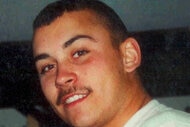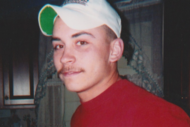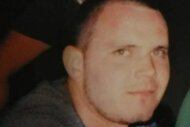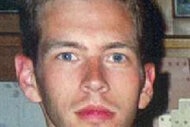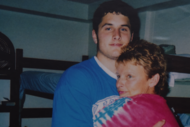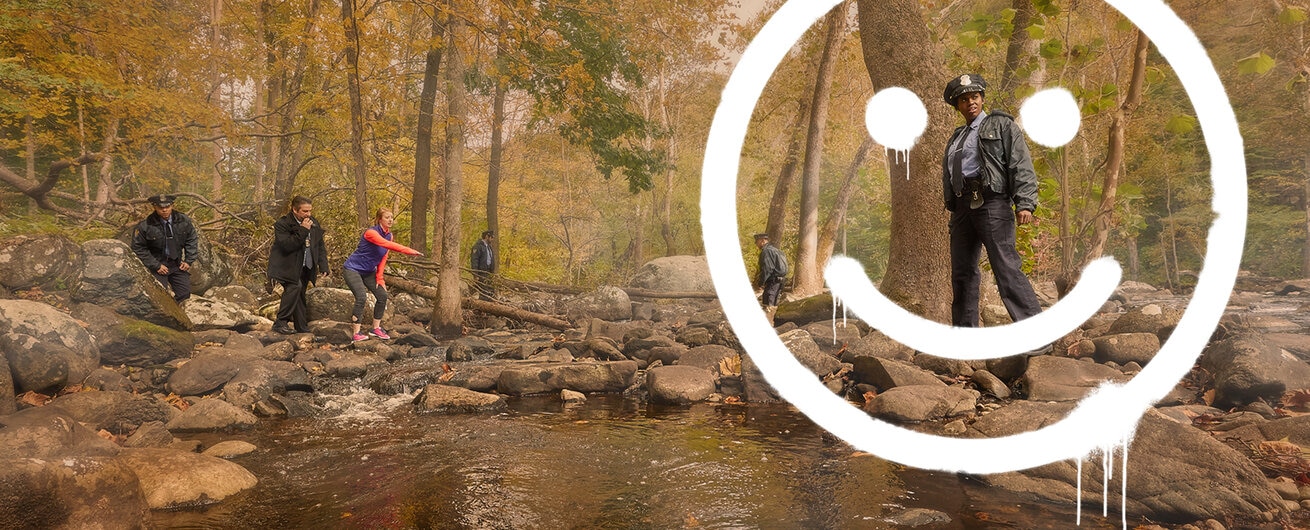Create a free profile to get unlimited access to exclusive videos, breaking news, sweepstakes, and more!
Potential ‘Smiley Face’ Victim Brian Welzien Could Have Been Drugged, Says Toxicologist
Brian Welzien only had a few drinks before he became violently ill and disappeared.
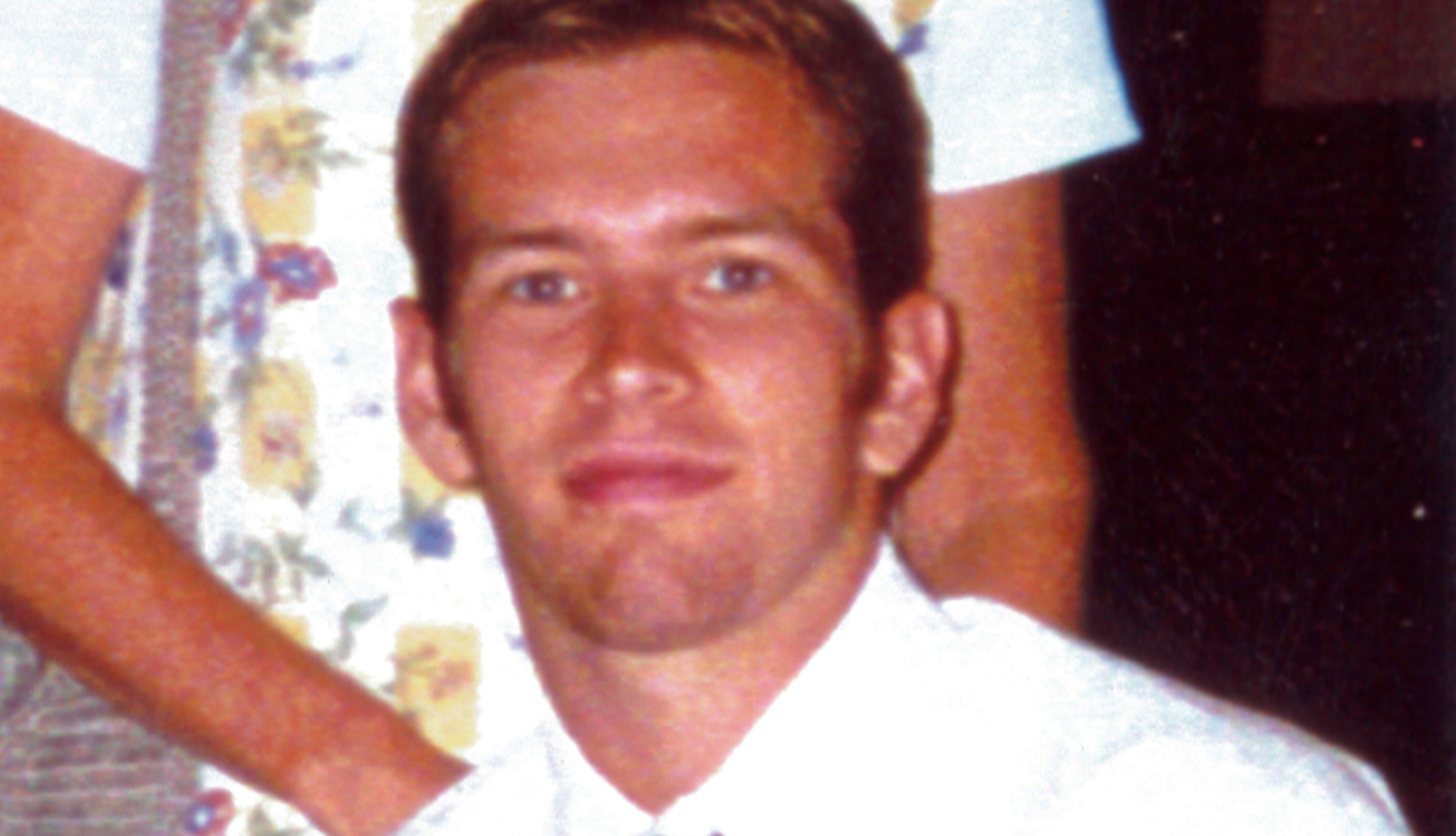
The night Brian Welzien disappeared, he was ringing in Y2K with a group of friends at a downtown Chicago bar. According to witnesses, the 21-year-old finance student only had a few drinks, but by the end of the evening, he was violently ill and had vomited multiple times in public.
Welzien eventually told his friends he wanted to call it a night, and during the drive back to their hotel, he started throwing up. He exited the car while his friends parked, and witnesses outside the hotel saw Welzien vomiting in the street. It was the last time he was seen alive.
Welzien was missing for 77 days before his body was found washed ashore on a beach in Gary, Indiana, 30 miles south of Chicago. Police theorized he went to the edge of Lake Michigan, a five-minute walk from the hotel, and fell in. There were no signs of foul play, and Welzien's death was ruled an undetermined drowning. An autopsy later revealed his blood alcohol content was .084 percent — just over the legal limit to drive.
Though the case has been closed since early 2000, a group of investigators have been working to have Welzien's death reclassified as a homicide. Former New York Police Department detectives Kevin Gannon, Michael Donovan, Anthony Duarte and professor of criminal justice Dr. Lee Gilbertson believe Welzien could be a potential victim of the Smiley Face Killers, an alleged gang of unknown serial killers that murders college-aged men, dumps their bodies in nearby waterways and paints smiley face symbols near the death sites. In the majority of the cases the team has investigated, the drowning victims were found with the date-rape drug GHB in their systems.
In "Smiley Face Killers: The Hunt for Justice," which airs Saturdays at 7/6c on Oxygen, Gannon and Dr. Gilbertson met with toxicologist Dr. Frank Paloucek to reexamine Welzien's toxicology report to see if he could have possibly been drugged during the New Year's celebration.
"So we have a blood alcohol level found at autopsy of 0.084. ... Based on the reports that I had, the story was [Welzien] had had about two drinks, and that's just inadequate," said Dr. Paloucek. "So there's something horribly wrong with how sick he appeared to be and how passed out, comatose he was."
Dr. Paloucek explained that Welzien could have ingested more alcohol after leaving the bar, but it is also possible he was given a substance "maliciously" and that he was "the target of somebody seeking to do harm to him."
"That could be a stranger at the bar who's just on New Year's Eve trying to take advantage of individuals while intoxicated, in which case they slip something into his drink when he wasn't looking. He becomes extremely, violently ill — that's very consistent," said Dr. Paloucek.
Welzien's toxicology report came back negative for a variety of debilitating drugs, but he was never tested for the presence of GHB. Though the team will never be able to conclusively know if Welzien was given GHB, Dr. Paloucek believes he could have been drugged.
"I can't attribute to it being alcohol alone," he said. "There had to be something else in him to explain the degree of illness he had."
At the time of filming, Gary Police Department Detective Sgt. William Fazekas, the original investigator on Welzien's case, agreed to contact the medical examiner's office to reopen the case. Fazekas is currently pursuing new leads.
To hear more about Welzien's case, watch "Smiley Face Killers: The Hunt for Justice," airing Saturdays at 7/6c on Oxygen.
[Photo: Courtesy of Stephany Welzien]
